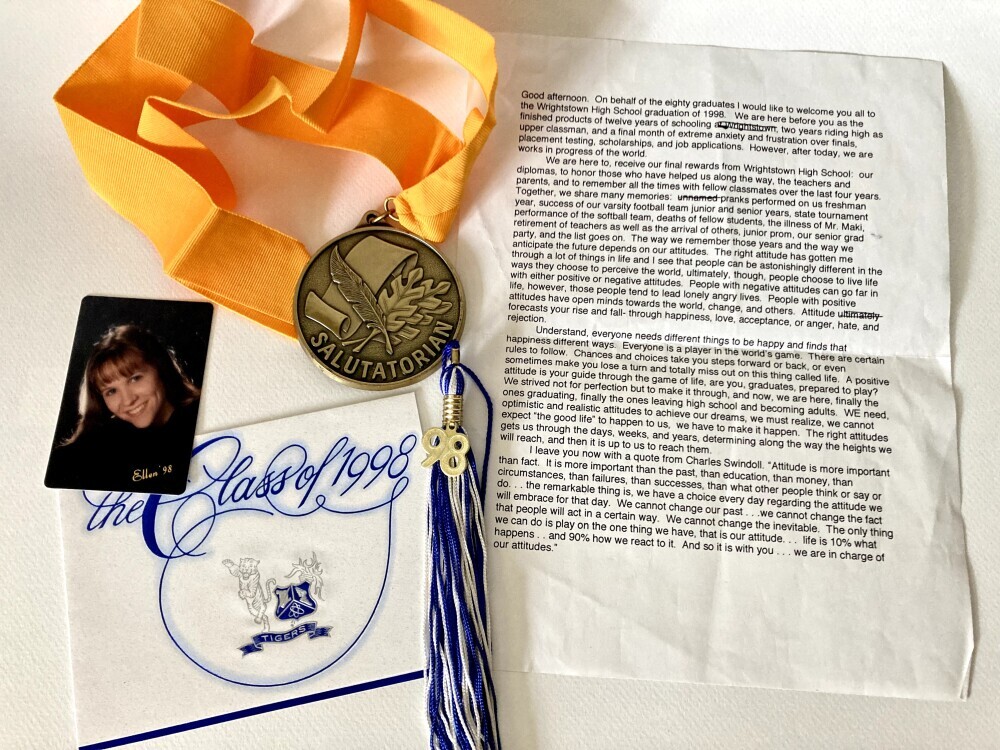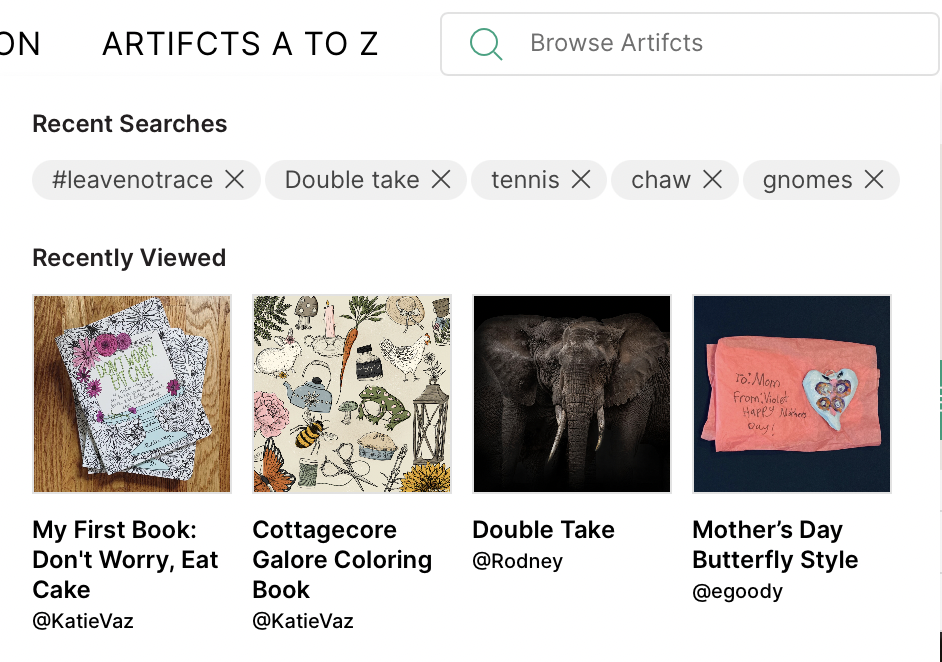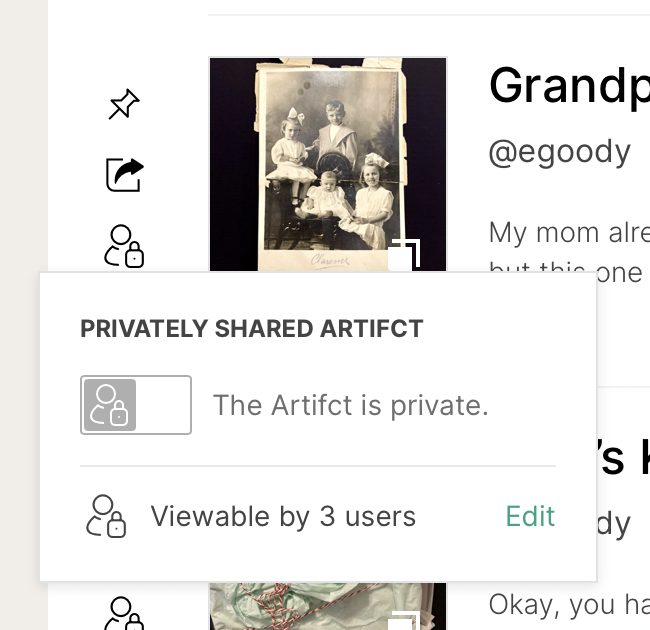As we approach the end of Artifcts’ first year in business, Ellen and I can’t help but get a little nostalgic about all the people whose paths we’ve crossed as we launched Artifcts into the world. Our collaborators have ranged from world travelers to authors to experts in home organization and downsizing. It’s an ever-growing group of people with one thing in common: ‘stuff.’ Lots and lots of stuff, and all the history, memories, and stories that go along with it.
Most of the time, our conversations evolve at a breakneck pace with one comment or observation very quickly leading to another and like magic, new Artifcts are born. Sometimes, however, we must first overcome skepticism related to our relationships with stuff or just sheer inertia. If you know anything about us, you know those hurdles don’t last long.
We have observed over the past year that most skepticism is directly related to three main myths about all our stuff. (And yes, even as Artifcts’ founders, we’re sometimes guilty of these too.)
Myth #1: No one wants my stuff.
Yes, it's been written about ad-nauseum in major print and digital publications, but we think based on our experience over the year, they’re missing the mark. True, your children may not want random pieces of furniture with no history, story, or memory associated with them, but, that dining room table, the one they grew up with, that’s probably a keeper. Love letters that Grandpa sent to Grandma during WWII? A family treasure.
Taking a moment to document and share the story, history, and memory behind the item makes it much more valuable and not just in the financial sense. We’re talking about heart value here, the emotional connection that binds one generation to the next. We often hear from Arti members that once they share the story, memory, or meaning behind the item, it suddenly goes from “No one wants it,” to “It’s been rehomed!” Sometimes even the most insignificant object can take on new meaning once the story is discovered. Click here to view the story behind co-founder Ellen Goodwin’s recently rehomed and repurposed treasure.
Myth #2: Photos are worth 1,000 words.
Sorry, Dear Reader, we beg to differ with you here. I spent an entire weekend at a genealogy conference listening to people talk about how they wished their ancestors had written more than just the date and, if they were lucky, who was in the photo. What was the story behind that pose? That trip? That house? Photos are only worth the words that are somehow (safely) attached to them.
Trust me, I know first-hand. I’m still trying to track down details of photos my mother saved from high school. Who, what, when, where, and most of all (to me at least), why? Why that photo? We can almost always guarantee winning over the most skeptical of skeptics when we share the photo example. Still curious? Take a look at one of @Grandmom’s public Artifcts to learn the story behind her photo.
Myth #3: I don’t have anything old, valuable, or otherwise “Artifct-able.”
Good try, but we’re not buying it. We’re redefining Artifcts together. Your Artifcts don’t have to be old, historically significant, or valuable. An Artifct is anything that has meaning to you. It’s that simple.
That drawer of birthday cards, love notes, and letters from my family and friends. Yep, all Artifcts. No monetary value whatsoever, but I’d be sad to lose them. Same thing with all my daughter’s artistic creations. Chances are she’s not going to be the next Picasso, but I cherish her paintings, drawings, and ceramics all the same. And if she happens to be the next Picasso? I’ll have the history and stories securely documented! Hello provenance.
We'd love to hear from you! What do you think? Convinced? Not convinced? Have another Artifcts myth you’d like us to bust? We’re game! And if you need only another little nudge or two, stay tuned. We have a lot more coming, including habit change tips, handy checklists, and even our first Arti Evening series!
Happy Artifcting!
###
© 2022 Artifcts, Inc. All Rights Reserved.







 This bag's wearing the strap! Click the photo to read the story.
This bag's wearing the strap! Click the photo to read the story. Not just any restaurant. Click the photo to read the story.
Not just any restaurant. Click the photo to read the story. 



























